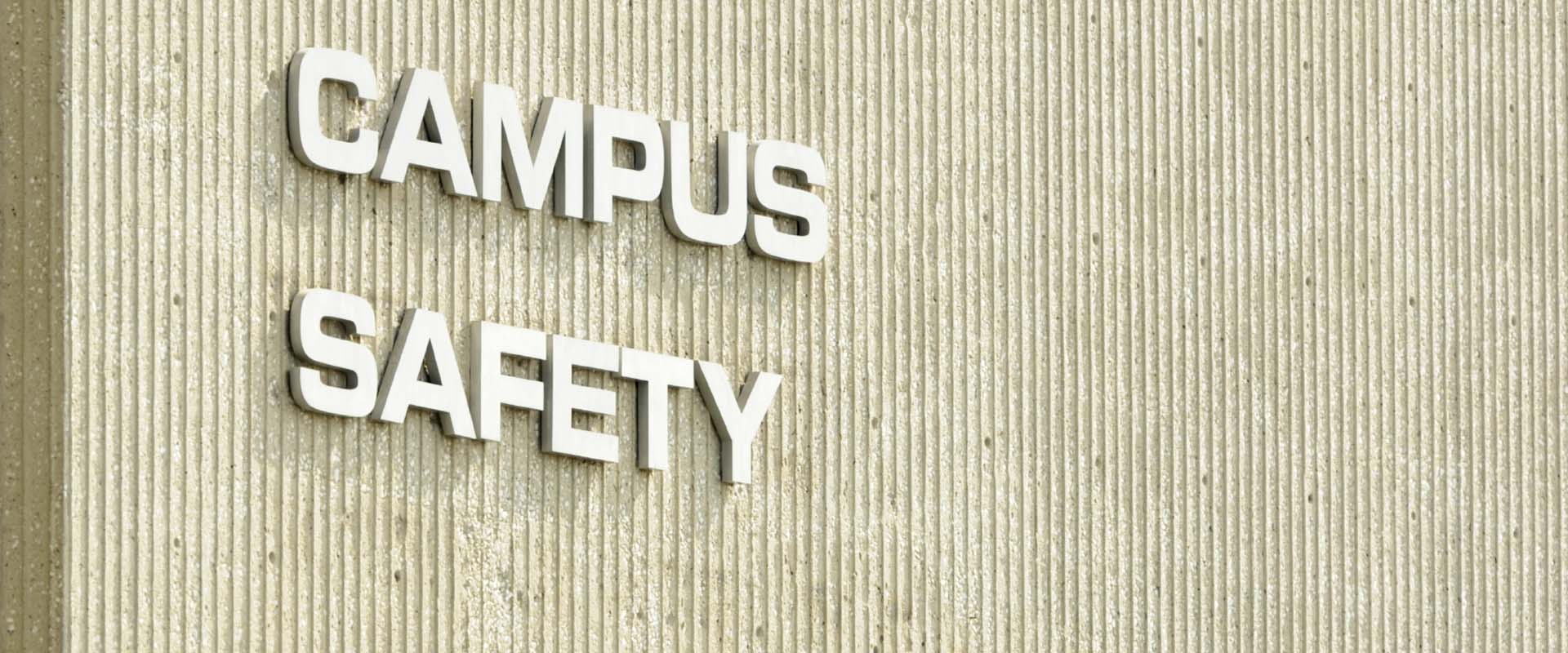New Law Mandates Schools to Annually Inform Parents of Safe Storage of Firearms and Expands Reporting of Middle School and High School Threats to Law Enforcement

Number 41
On July 21, 2022, Governor Gavin Newsom signed Senate Bill (SB) 906, creating new obligations for local educational agencies (LEAs) designed to prevent firearm-related incidents at schools and addressing threats made by students in middle schools and high schools. This bill takes effect January 1, 2023.
Safe Storage of Firearms Information RequiredBeginning with the 2023-24 school year, SB 906 will require LEAs to include information in their annual notification to parents and guardians related to the safe storage of firearms and California’s child access prevention laws.[1] The information included in the annual notice must be informed by model content developed by the California Department of Education, which will be updated on a yearly basis.
Notably, this notice requirement was included in the bill in light of a 2004 report by the United States Secret Service and United States Department of Education which found over two-thirds of school shooters used firearms in their attacks that were acquired from their own home or that of a relative. While not cited by the Legislature, also relevant on this topic is a 2018 Federal Bureau of Investigations report, titled A Study of Pre-Attack Behaviors of Active Shooters in the United States Between 2000 and 2013. More information on the 2018 FBI report can be found in our previous 2018 Client News Brief Number 38.
Mandatory Reporting of Perceived and Actual ThreatsSB 906 also addresses threats made by students. The bill adds section 49393 to the Education Code, requiring every certificated and classified employee and every board member of an LEA, who has regular contact with students in any of grades 6 to 12 “as part of a middle school or high school” to immediately report to law enforcement any threat or perceived threat they are alerted to or observe.
A “threat or perceived threat” is any writing or action of a student that creates a reasonable suspicion that the student is preparing to commit a homicidal act related to school or a school activity. This may include possession, use, or depictions of firearms, ammunition, shootings, or targets in connection with inflicting physical harm in a social media post, journal, class note, or other media associated with the student, or a warning by another individual.
The report to law enforcement must include copies of any documentation or other evidence associated with the threat or perceived threat. If multiple individuals are obligated to make a report, they may agree to have one person make a single report. SB 906 also grants civil immunity to LEAs for any damages allegedly caused by, arising out of, or relating to the threat report.
Duty to Support Law Enforcement Investigation and Threat AssessmentFollowing a report of a threat or perceived threat, the “local law enforcement agency” or school site police, with the support of the LEA, must immediately investigate and conduct an assessment of the threat or perceived threat. As part of the threat assessment, law enforcement must conduct a search at the school site if there is a “reasonable suspicion that it would produce evidence related to the threat or perceived threat.”
TakeawaysThe language of SB 906 invites questions about existing school safety procedures developed locally by LEAs as part of their school safety plans. For example, it is unclear whether “middle schools” subject to the threat reporting requirement include elementary schools serving grades from kindergarten to eighth grade.
Also, the addition of Section 49394 may require changes to how threat assessments are currently conducted. Law enforcement and school administrators should consult with legal counsel prior to acting pursuant to Section 49394 and should be prepared to coordinate with each other on threat assessments and investigations.
LEAs should start planning now to ensure compliance with the requirements of SB 906 and work together with employees, parents, and other community partners to raise awareness of the new reporting obligations. Finally, LEAs will need to update their annual notice for next school year with the new information required by SB 906.
If you have any questions regarding SB 906 and its implementation, including trainings on the new threat reporting and threat assessment requirements, please contact the authors of this Client News Brief or an attorney at one of our eight offices located statewide. You can also subscribe to our podcasts, follow us on Facebook, Twitter and LinkedIn or download our mobile app.
[1] Child access prevention laws establish liability for parents and guardians who should have known that their child may gain access to a firearm at home.
As the information contained herein is necessarily general, its application to a particular set of facts and circumstances may vary. For this reason, this News Brief does not constitute legal advice. We recommend that you consult with your counsel prior to acting on the information contained herein.






